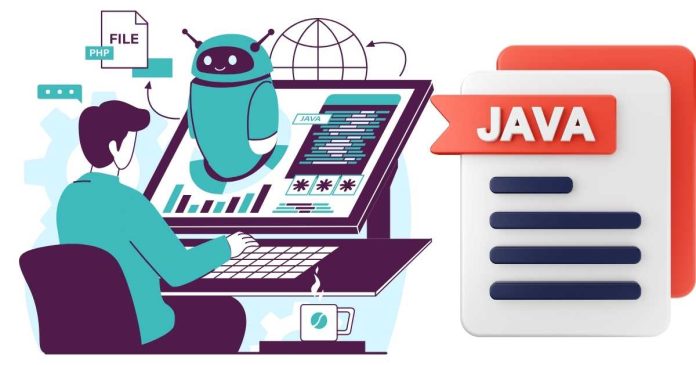A race condition in Java occurs when two or more threads access shared resources concurrently, and at least one of the threads modifies the resource. The outcome of the program depends on the non-deterministic timing of thread execution, which can lead to inconsistent or incorrect behavior. In a multithreaded environment, race conditions are a significant concern as they can cause subtle and hard-to-diagnose bugs.
How Does a Race Condition Happen?
Consider a simple example: two threads attempting to increment the same shared counter variable. Without proper synchronization, both threads might read the counter at the same time, increment it, and then write it back. Since both threads are acting on the same value simultaneously, the final result will be incorrect because one update will overwrite the other.
Identifying Race Conditions
Race conditions are often difficult to detect because they only occur when threads are scheduled in specific ways. They may not happen consistently or during every program execution, which makes debugging and testing challenging. Common symptoms include inconsistent outputs, corrupted data, or system crashes.
Preventing Race Conditions
To avoid race conditions, Java provides various synchronization mechanisms:
- Synchronized Methods/Blocks: By marking a method or block with the
synchronizedkeyword, you ensure that only one thread can execute the code inside the synchronized block at a time, preventing conflicting changes to shared resources. - Locks: Java’s
ReentrantLockfrom thejava.util.concurrent.lockspackage provides more fine-grained control over synchronization, offering features like lock timeout and the ability to interrupt a thread while waiting for a lock. - Atomic Variables: Java also provides atomic classes like
AtomicInteger,AtomicBoolean, and others, which ensure thread-safe operations on variables without using explicit synchronization.
In conclusion, understanding and managing race conditions in Java is crucial for building reliable multithreaded applications. By using the right synchronization techniques, developers can mitigate risks and ensure thread safety.


